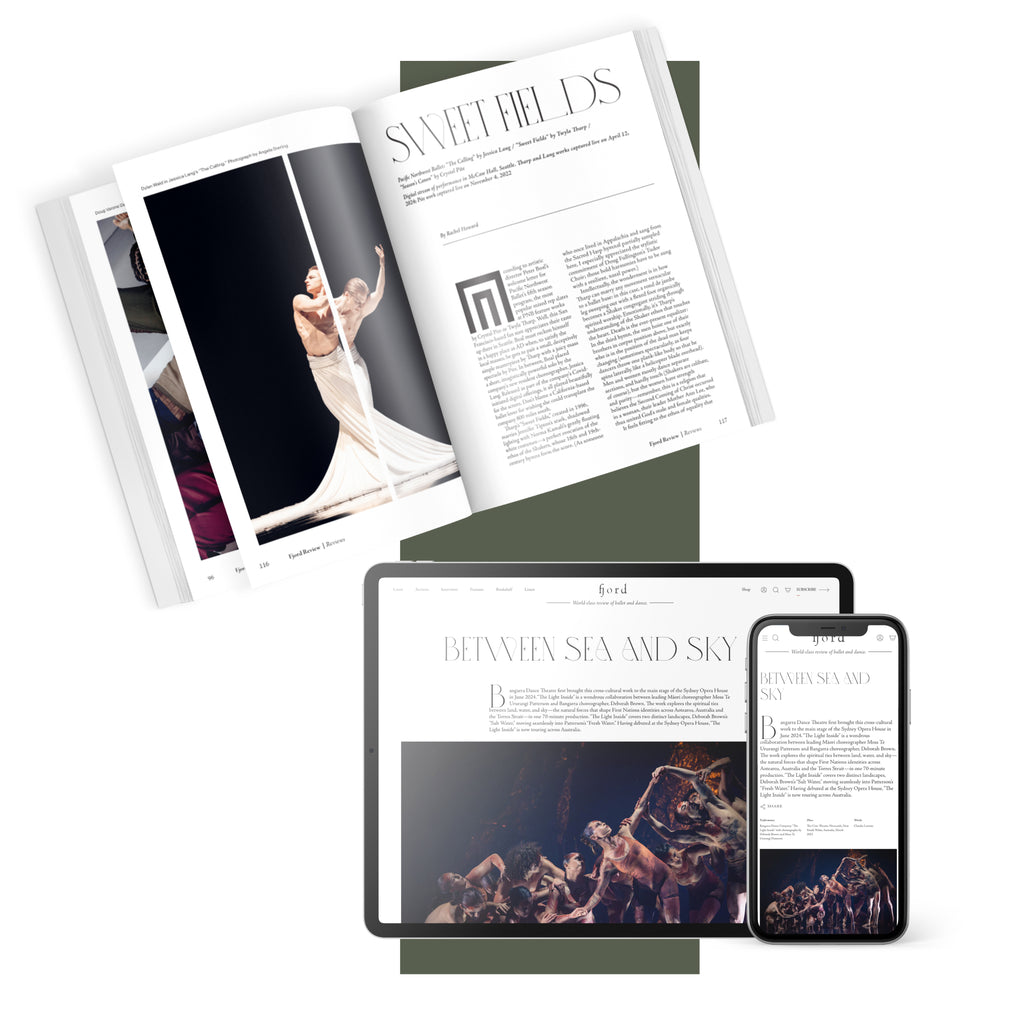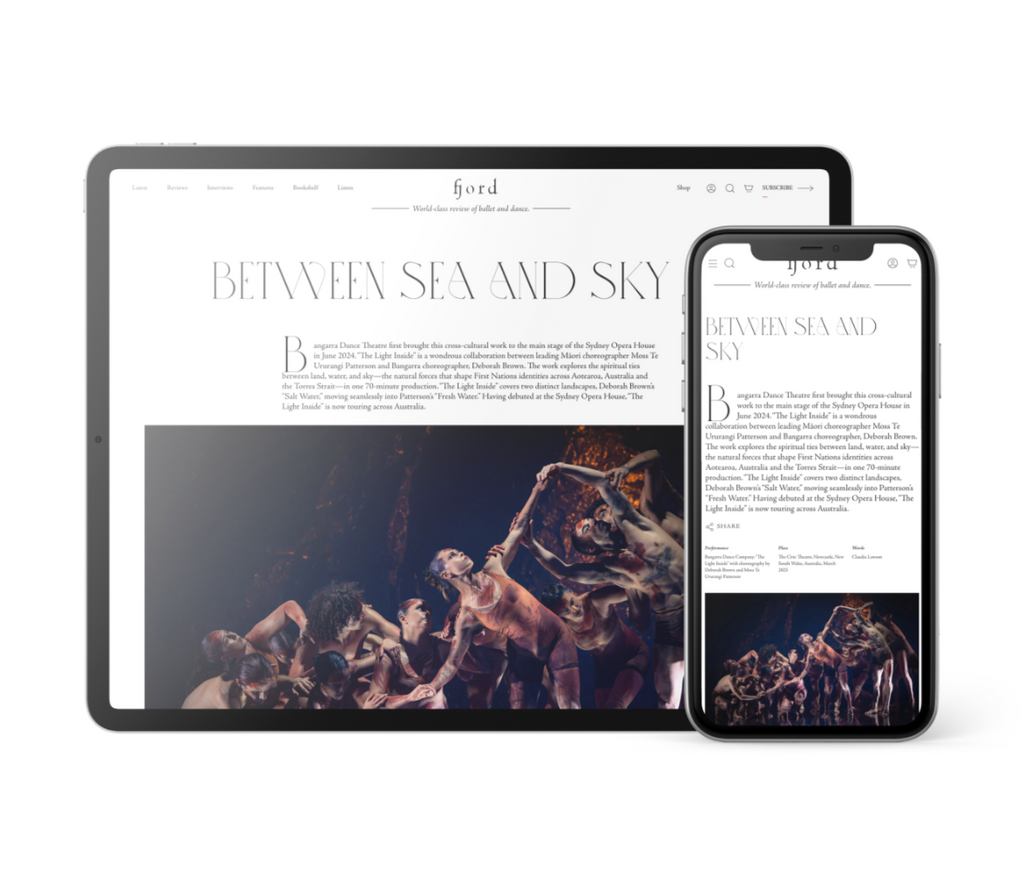Talent Time
It’s “Nutcracker” season at San Francisco Ballet—36 performances packed into three weeks—which means that the company is currently serving two distinct audiences.
Continua a leggere
World-class review of ballet and dance.
The Martha Graham Dance Company filled some of the Metropolitan Museum’s most impressive spaces for two full days with pop-up performances of six Graham solos choreographed in the 1930s. The works were presented in dialogue with the current exhibition “Art for the Millions: American Culture and Politics in the 1930s,” an exploration of how artists expressed political messages and ideologies through a range of media. The nation, during that period─much as it is today, was polarized with political division and social upheaval, and artists used their craft to connect with the public and transmit ideologies. Martha Graham held strong opinions on social issues and the human condition. These inspired much of the work she created in the 1930s, not long after founding her company in 1926. Many of the solos presented at the Met were either lost or forgotten after a period of not being performed and are skillful reconstructions by former company members from photographs.
Performance
Place
Words



“Uncommonly intelligent, substantial coverage.”
Your weekly source for world-class dance reviews, interviews, articles, and more.
Already a paid subscriber? Login

It’s “Nutcracker” season at San Francisco Ballet—36 performances packed into three weeks—which means that the company is currently serving two distinct audiences.
Continua a leggereLast week I caught up with choreographer Pam Tanowitz and Opera Philadelphia’s current general director and president, countertenor Anthony Roth Costanzo to talk about “The Seasons,” the company’s latest production premiering at the Kimmel Center’s 600-plus seat Perelman Theater on December 19.
Continua a leggereIf Notre-Dame remains one of the enduring symbols of Paris, standing at the city’s heart in all its beauty, much of the credit belongs to Victor Hugo.
Continua a leggereWhen dancer and choreographer Marla Phelan was a kid, she wanted to be an astronaut. “I always loved science and astronomy,” Phelan said.
Continua a leggere
comments